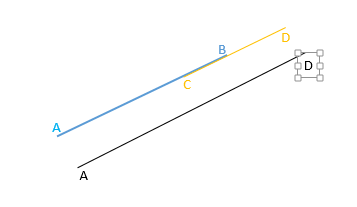Hello,
I would like to combine any overlapping/touching lines into one long simple geometric line.
So far, what I could obtained is an aggregated geometry doing this
- Intersector
- NetworkTopologyCalculator
- Aggregator
AFter this task, I would like to extract the starting and ending vertices of the resulting lines and it fail when I used the VertexRemover because the resulting geometry is a multiple geometry (multicurve).
Any ideas?
Best answer by jdh
View original






